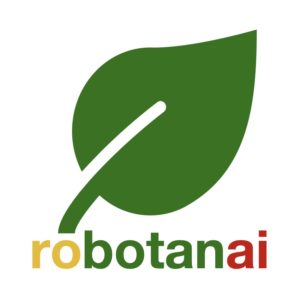Strategy
The United Nations estimates that food production must increase 70% by 2050 if the world population is to survive. This will not be accomplished by traditional farming, clearing forest lands, or flooding deserts. Vertical urban farming is the only solution to this problem, and Robotanai is strategically positioned to meet this challenge and help the human race with an abundance of food.
Already, more than 90% of the world’s population imports their food from a location that is further than 50 miles from where they live. Robotanai can build 100-acre comparable locations in the heart of urban centers. And our technology is not limited to traditional leafy produce; our three-year-plan calls for berries, olives, vines, citrus, and exotics like coco and coffee, all of which will be locally grown, affordable, and sustainable.
Feeding a Hungry World
Each night, over 3 billion people go to bed hungry, and many do not wake up. Robotanai is on a mission to solve the world’s hunger crisis. For the first time in history, by vertical farming, we will help communities feed themselves at a lower cost and with less environmental impact.
Cost Comparisons
The largest single cost in vertical farming is labor, which accounts for 50% of the operation without regard to farming size, across both small and large farms. Surprisingly, the actual seeds, grow media, and nutrients, account for only 10% of operating costs. Distribution costs account for 2% of the operational costs, and the remaining 38% includes: rent, packaging, energy, and miscellaneous costs.
Energy costs are further broken down into heating and lighting, and this is where Robotanai begins to showcase our cost savings. Our heating costs are some 90% cheaper than our competitors using recycled waste heat from our mining operation. This impacts our bottom line with a minimum 15% overall cost reduction.
Lastly, our focus is to cut the labor costs by more than half using our robotics and synthetic intelligence partners. This will result in a total savings of 40% over the industry normalized costs. The impact will be that Robotanai intends to be profitable in less than three years, whereas the industry average suggests than after seven years, some 67% of these projects have yet to make any profit.
